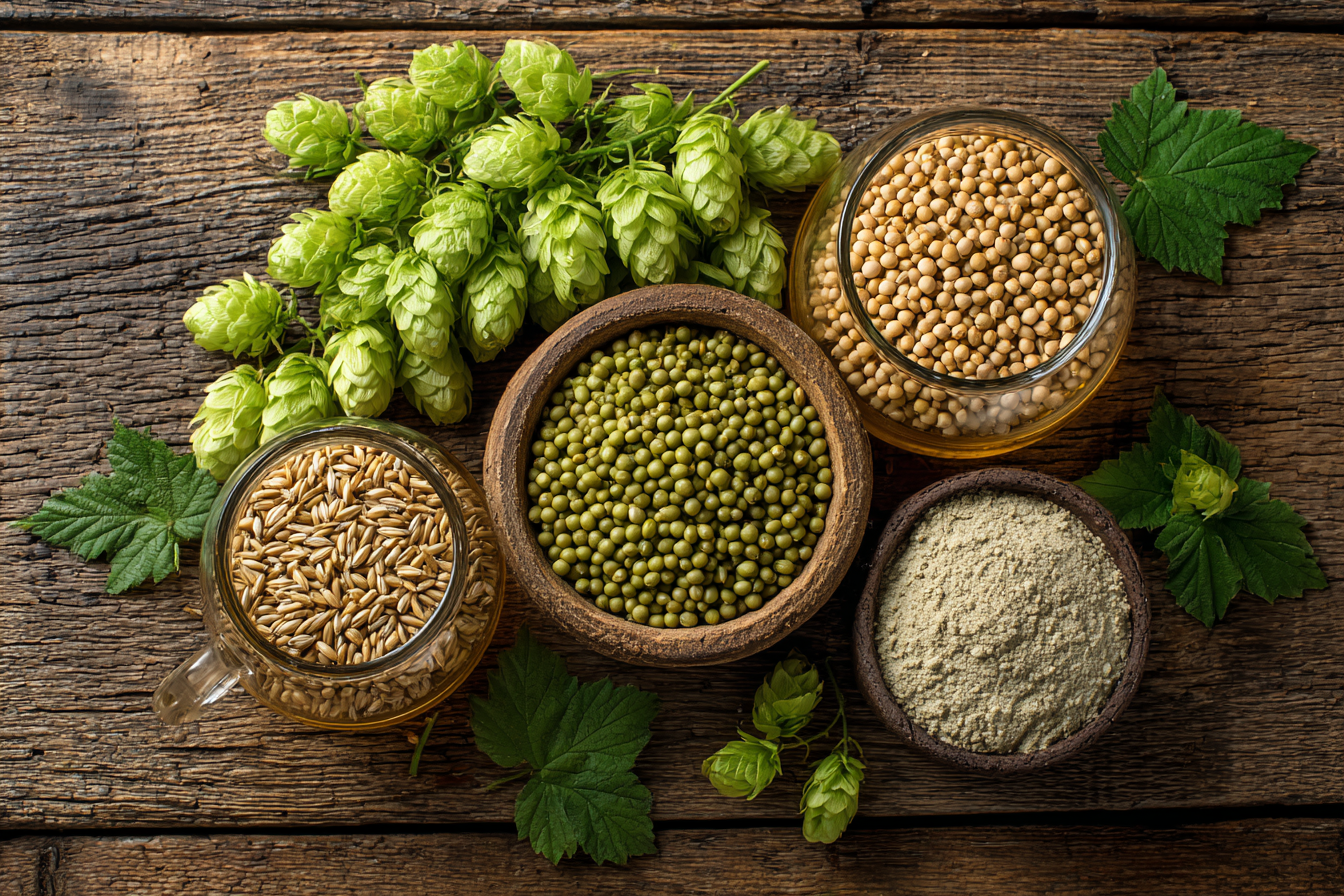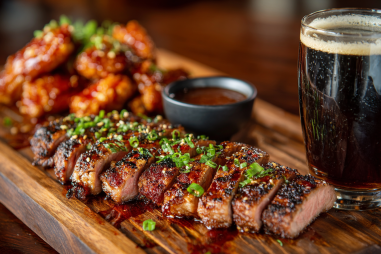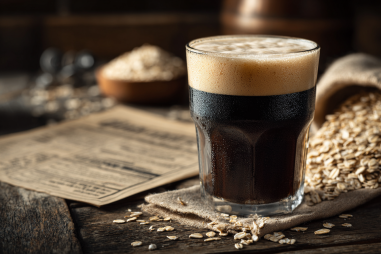American Style Pilsners have carved out a distinct space in the world of craft beer, celebrated for their crisp, refreshing character combined with a vibrant hop presence and balanced malt backbone. Unlike their traditional European counterparts, American Pilsners often showcase innovative ingredient choices that highlight domestic resources and brewing creativity. To truly appreciate what goes into crafting this style, it’s essential to delve into the ingredients that give American Style Pilsners their signature profile.
Overview of American Style Pilsners
American Style Pilsners are a fresh take on the classic Pilsner, a lager style that originated in the Czech Republic. While traditional European Pilsners tend to emphasize soft water, noble hops, and delicate malt, American versions often bring a bold twist by incorporating local ingredients and a more assertive hop character. These beers are typically pale gold, bright, and sparkling with a crisp finish, making them a popular choice for those seeking a thirst-quenching lager with a modern hop punch.
The hallmark of an American Style Pilsner lies in its balance—a harmonious fusion of malt sweetness and hop bitterness entwined with clean and smooth yeast fermentation. This balance is largely shaped by the careful selection of ingredients, each playing a pivotal role in the brewing process.
Malt Selection: Base Malts and Specialty Grains
The foundation of any Pilsner is its malt bill, which forms both the flavor backbone and the body of the beer. For American Style Pilsners, brewers often select high-quality base malts such as 2-row pale malt. This malt offers a clean, slightly sweet, and grainy character that supports the bright hop flavors without overpowering them.
In addition to base malts, specialty grains are used sparingly to add complexity and nuance. Typical specialty additions might include:
- Carapils or carafoam: For improving head retention and contributing subtle dextrin sweetness without adding color.
- Light Munich or Vienna malt: To introduce a hint of toasted or bready notes while maintaining a light color.
- Flaked barley or rice: Occasionally used to tweak the body and enhance the beer’s crispness.
Overall, the malt profile in American Style Pilsners remains bright and clean, allowing the hops and yeast character to shine prominently.
American Hop Varieties and Their Impact
One of the defining aspects of American Style Pilsners is the use of American hop varieties, which tend to bring more assertive and aromatic profiles compared to the traditional European noble hops. These hops contribute brighter, fruitier, and sometimes resinous characteristics that add vibrancy to the beer.
Common American hops used in these Pilsners include:
- Cascade: Famous for its notes of grapefruit, floral, and pine, Cascade delivers refreshing citrus aromatics.
- Citra: Known for intense tropical fruit aromas such as passion fruit and lime, ideal for a modern, aromatic twist.
- Simcoe: Offers pine, earth, and berry notes adding complexity and a slightly resinous bite.
- Mosaic: Brings layers of blueberry, tropical fruit, and herbal tones that elevate aromatic depth.
Using these hops, brewers can emphasize aroma, flavor, and bitterness in ways that highlight the unique attributes of American hops. Dry hopping or late kettle additions are common techniques to maximize hop aroma without adding harsh bitterness.
Yeast Strains Best Suited for This Style
The yeast selected for American Style Pilsners plays a crucial role in ensuring the beer remains clean, crisp, and refreshing. Lager yeast strains are the default choice due to their ability to ferment at cooler temperatures and produce a smooth, neutral base. Common lager yeast strains used include:
- American lager yeast: Provides a clean fermentation profile with minimal fruity esters, allowing hops and malt to dominate the sensory experience.
- Czech pilsner yeast: Sometimes used if the brewer desires a little more spiciness and complexity while maintaining the lager’s clean profile.
Effective yeast management and proper fermentation temperatures are essential to avoid unwanted off-flavors and to keep the Pilsner’s character bright and well-defined.
Water Profile Considerations
Water chemistry is one of the often overlooked yet vital ingredients in brewing an exceptional American Style Pilsner. The ideal water profile for Pilsners is typically soft to moderately hard, with a focus on chloride and sulfate balance to enhance malt sweetness and hop bitterness, respectively.
Key considerations for water in American Style Pilsners include:
- Low to moderate levels of calcium: To aid in enzyme activity and yeast health.
- Balanced sulfate-to-chloride ratio: Sulfates accentuate hop bitterness and crispness, while chlorides round out malt body and fullness.
- Low alkalinity: Prevents harsh flavors and supports the delicate malt character.
Many brewers adjust their brewing water by adding brewing salts to tailor the profile, ensuring the final beer has the sought-after clean and crisp bite.
The Role of Each Ingredient in Flavor and Aroma
Every component in brewing an American Style Pilsner contributes uniquely to the final beer’s flavor, aroma, and mouthfeel:
- Malt: Provides the subtle sweetness and body that balances hop bitterness, creating a smooth base.
- Hops: Deliver bright citrus, floral, pine, or tropical fruit notes while imparting bitterness that keeps the beer refreshing.
- Yeast: Offers a clean fermentation profile that avoids unwanted off-flavors and maintains clarity in flavor.
- Water: Shapes how malt sweetness and hop bitterness are perceived, influencing overall balance and drinkability.
Understanding this interplay allows brewers to manipulate each ingredient thoughtfully to craft an American Style Pilsner that stands out yet remains true to its crisp, easy-to-drink roots.
Sourcing Quality Ingredients
Quality begins with sourcing premium ingredients. Brewers looking to create top-notch American Style Pilsners often favor local suppliers and carefully vetted ingredient providers. Selecting fresh malt with consistent character, well-stored hops with high alpha acid content, pure yeast strains, and clean water sources is essential.
Additionally, many craft brewers prefer to experiment with new hop varieties or specialty malts from reputable growers, further pushing the envelope of this classic style. Building relationships with trusted suppliers ensures freshness and allows brewers to maintain consistency across batches.
Brewing with Purpose and Precision
Mastering the American Style Pilsner starts with understanding and respecting each ingredient’s role. From the choice of malt to the hop schedule, every decision shapes the beer’s identity. Embracing American hop varieties while maintaining the clean base of pilsner malt and yeast creates a beer that is both refreshing and characterful.
Precision in water chemistry and fermentation management further refines the finished product, resulting in a pilsner with crispness, balanced bitterness, and vibrant aromas. Whether you are a homebrewer or a professional, focusing on these essential ingredients is the key to crafting an exceptional American Style Pilsner that delights with every sip.







